 |
 |
 |
|---|
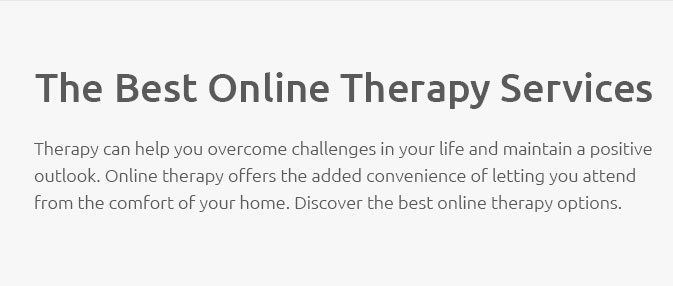 |
 |
|---|
 |
|
|---|---|
 |
 |
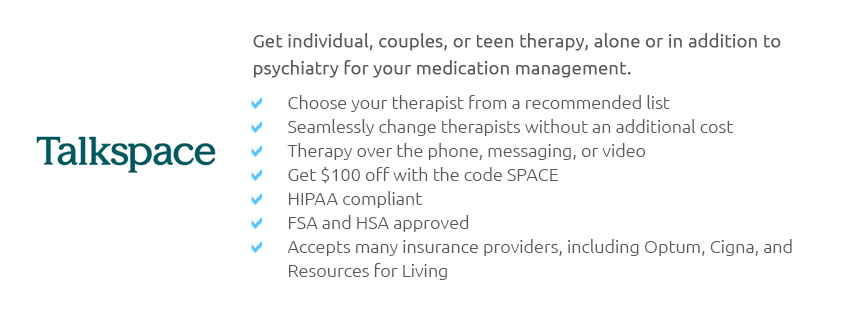 |
 |
 |
 |
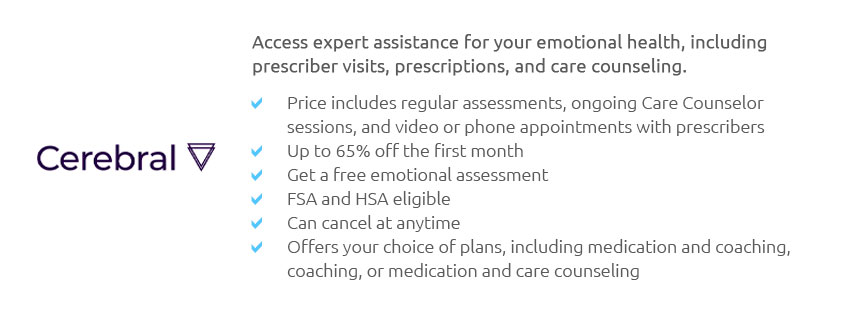 |
 |
 |
 |
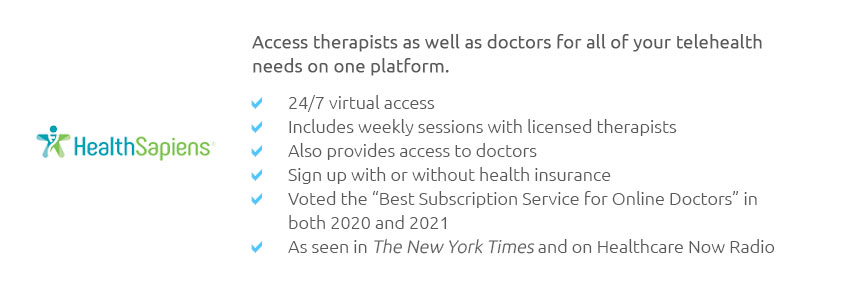 |
 |
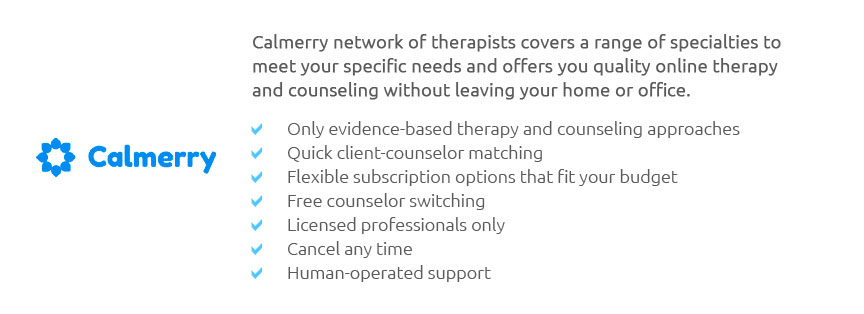 |
 |
 |
 |
|---|
Exploring the World of Online E-Therapy: What to ExpectIn today's fast-paced world, the advent of technology has permeated nearly every facet of our lives, bringing about significant transformations in how we communicate, work, and even manage our mental health. One such advancement that has garnered substantial attention is e-therapy online. As a burgeoning trend, online therapy has opened up a plethora of opportunities for individuals seeking mental health support without the constraints of geographical barriers. But what can one truly expect from this digital form of therapy? Let's delve deeper into the various aspects of e-therapy, exploring its benefits, challenges, and potential for future growth. The accessibility of online therapy is arguably its most significant advantage. For individuals residing in remote areas, those with mobility issues, or even busy professionals with tight schedules, e-therapy offers a convenient solution. With just a click, one can connect with a licensed therapist from the comfort of their own home. This ease of access not only enhances the overall experience but also encourages more people to seek help who might have otherwise hesitated due to logistical challenges. Moreover, the flexibility that online therapy provides cannot be overstated. Sessions can often be scheduled outside of traditional office hours, accommodating the unique needs of each individual. This flexibility extends to the mode of communication as well. Whether through video calls, phone conversations, or even text-based platforms, clients can choose the format that best suits their comfort level, fostering a more personalized therapeutic experience. However, like any innovative approach, e-therapy is not without its challenges. One potential downside is the lack of physical presence, which can sometimes make it difficult to establish a deep, empathetic connection between therapist and client. Non-verbal cues, which play a crucial role in face-to-face interactions, may be lost or misinterpreted in a virtual setting. This necessitates a heightened level of communication skills from therapists, who must adapt their techniques to bridge this gap effectively. Another concern is privacy and confidentiality. While reputable platforms adhere to strict security protocols to protect client information, there remains a lingering fear of data breaches in this digital age. It is imperative for users to conduct thorough research and choose platforms that prioritize client confidentiality and employ robust encryption methods. Despite these challenges, the effectiveness of e-therapy has been supported by numerous studies, indicating that online therapy can be just as effective as traditional in-person therapy for a range of mental health issues, from anxiety and depression to stress management and relationship counseling. This is a testament to the adaptability of therapeutic techniques in the digital realm and the dedication of mental health professionals who continuously strive to provide quality care. Looking towards the future, the potential for growth in the field of online therapy is vast. As technology continues to evolve, so too will the methods and tools available to therapists and clients alike. The integration of artificial intelligence and machine learning, for instance, holds promise for further personalizing the therapeutic experience, offering insights and recommendations tailored to individual needs. In conclusion, e-therapy online represents a significant shift in the landscape of mental health care, offering a modern, accessible, and flexible alternative to traditional therapy. While it presents certain challenges, the benefits it offers make it an invaluable resource for many. As we continue to embrace digital solutions in various aspects of our lives, the role of online therapy is poised to expand, offering hope and healing to those in need, wherever they may be. https://electronic-therapy.com/
Partner with E-Therapy. We provide IEP Related Services and mental health solutions where students need us most. | Apply Now -Therapists Wanted! https://electronic-therapy.com/star-platform-online-therapy-schools/
E-Therapy's STAR Platform for online therapy is a 360 degree quiver of tools and support for your in-house therapists. https://www.e-therapycafe.com/
Need to talk? E-Therapy Cafe can help. Our online board certified, licensed therapist come to you on your schedule, in your space, with your terms.
|
|---|